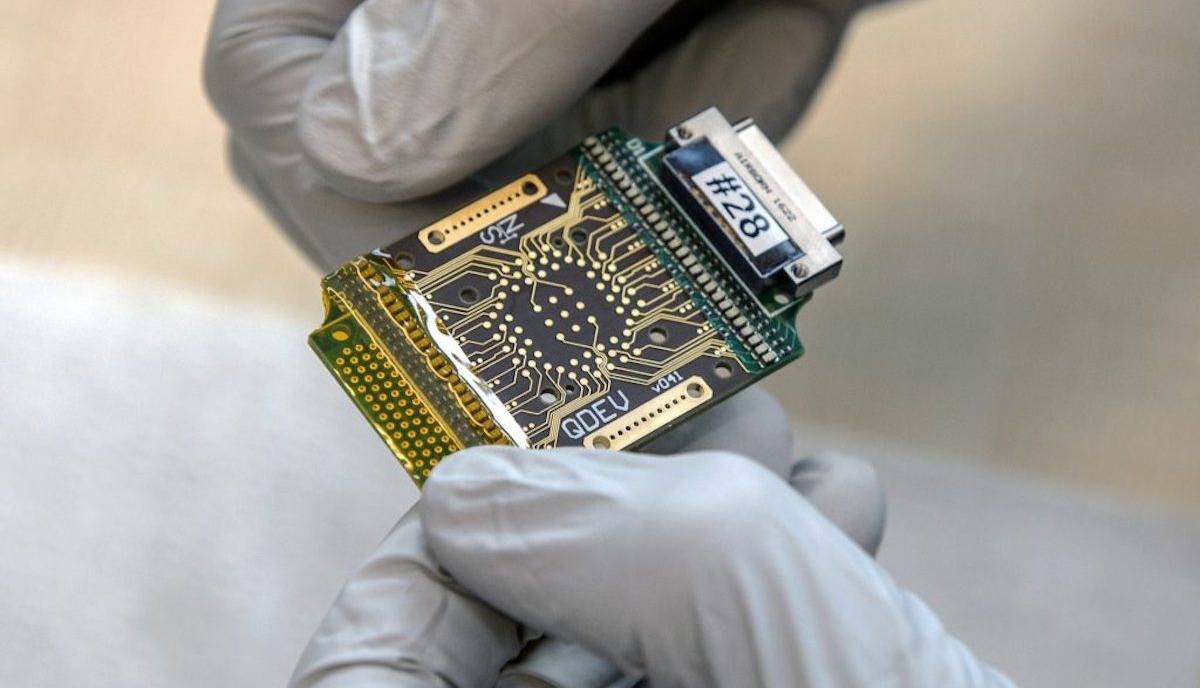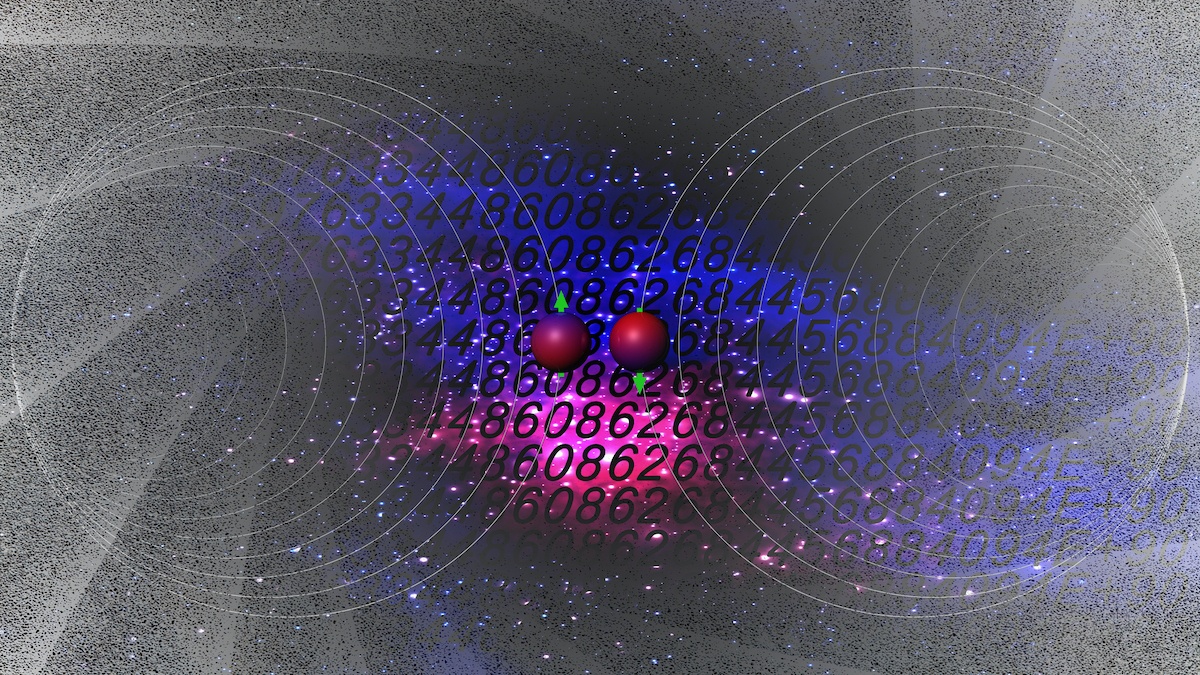Recently, Google announced that it has achieved ‘Quantum Supremacy’ which means that its quantum computer has outrun contemporary computers based on classical physics. IBM immediately declared Google’s claims bogus and said that its quantum computer can also solve the problem in question. Google and Microsoft aren’t the only companies working in the field of quantum computing.
Microsoft is adopting a new approach towards quantum computing by reinventing Qubits. A qubit or quantum bit is the basic unit of information in the field of quantum computing. Microsoft is working on, what it calls, “topological qubit” that aims to make qubits more stable.
Speaking at the IEEE International Conference on Rebooting Computing says, “We’ve really spent the recent few years developing that technology.”
How Are Topological Qubits different from traditional Qubits?
As compared to bits, qubits can store information in three states – 0,1 and a combination of 0 and 1. In the third state, 0 and 1 coexist under a quantum physics principle named superposition. This allows quantum computers to store and process more information than traditional computers.
However, qubits are highly unstable and are disturbed easily by the external environment. It is the reason why quantum computers are often stored in a highly controlled environment (refrigerated container).
To combat this issue, quantum computer designers use a special technology called Quantum Error Correction (QEC) that puts several qubits together into a single qubit called logical qubit.
Microsoft’s Topological qubits reduce the number of physical quantum bits required to form a logical qubit.
As compared to a 1,000 to 20,000 physical qubits required to constitute a logical qubit, Microsoft’s topological qubit approach reduces this number to 10 to 100.
However, Microsoft’s topological qubit’s physical design isn’t ready yet. The company is working towards making its new approach a reality soon so that it could be deployed in real-world quantum computers.










